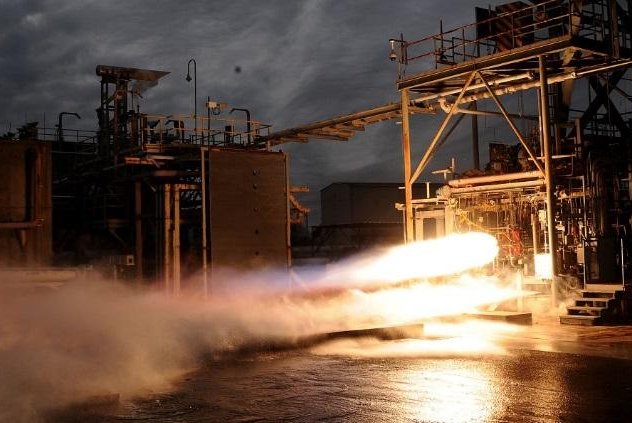May 17 (UPI) -- Aerojet Rocketdyne has successfully tested a 3D-printed engine in a series of 17 experiments. The engine being tested is a liquid oxygen/kerosene, regenerative cooled, liquid rocket thrust chamber assembly design.
The series of exercises cover the performance, reliability, range and durability of 3D-manufactured engines.















